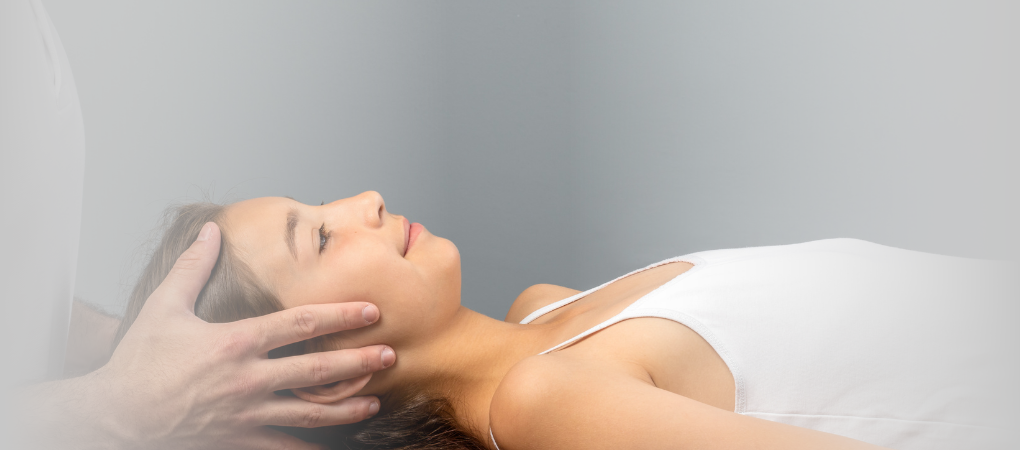Francesca Galiano
|
16/09/2022 - Last update 28/12/2022
Anne Jäkel, Phillip von Hauenschild | Year 2011
Therapeutic effects of cranial osteopathic manipulative medicine, a systematic review
Scope:
Sport - Muscle strength
Type of study:
Systematic review
Date of publication of the study’:
2011/Dec/01

Purpose of the study
- Objective: evaluation of the clinical effectiveness of cranial OMT
- Measured outcomes:
- Primary: any outcome measuring the effectiveness of cranial OMT
Methods
- Analized articles: 8
- Search string: “cranial manipulation” OR “osteopathy in the cranial field” OR “cranial osteopathy” OR “craniosacral technique”.
- Criteria of inclusion: randomized controlled trials (RCT) and observational studies evaluating the effectiveness of cranial OMT on humans; any type of cranial OMT techniques, defined as any kind of manipulation directed to the primary respiratory mechanism; any type of pathology.
- Criteria of exclusion: animal studies; studies not relevant to cranial OMT or in which the use of cranial OMT is not clearly specified; studies where cranial OMT was used in conjunction with other interventions but no analysis was carried out to specifically assess its usefulness; non-English language articles.
Characteristics of the studies
- 7 randomized controlled trials (RCT)
- of which 2 using a cross-over method (the participants acted as their own control: they alternately received cranial OMT and control treatment)
- 1 pilot study
- 4 studies on healthy people
- 1 study on adults with tension-type headache
- 1 study on adults with myopia
- 1 study on infants with colic
- 1 study on children with cerebral palsy
- Quality evaluation of the studies using the Methodological Downs and Black scale\
- 7 moderate-quality studies and 1 high-quality study
Participants
- Numbers in the smallest study: 10 people, with only one intervention group
- Numbers in the biggest study: 142 people, of which 71 in the intervention group and 71 in the control group
- Total: 330 people, of which 180 in the intervention group and 150 in the control group
Interventions and evaluations
- Studies with follow-up from 4 weeks to 6 months
- From single sessions to multiple sessions repeated over a period of 6 months
- Intervention duration from 1 to 30 minutes, with a mode value of either 5 or 10 minutes
- Cranial OMT:
- Fourth ventricle compression technique (4 studies) or not specified Cranial OMT (4 studies)
- In the control groups: sham treatment, no treatment, waiting list (no intervention during the study; the patients received the intervention once the study terminated)
Results
Primary outcomes:
- Sleep quality: 3 studies reported a statistically significant improvement in favor of cranial OMT.
- Pain: the study on tension-type headache showed that cranial OMT managed to reduce it statistically significantly, while the study on cerebral palsy did not find this effect.
- Autonomic parameters: in 2 studies cranial OMT showed to be able to change the velocity of blood flow in a statistically significant way. However, 3 studies failed to show effects of cranial OMT on the parameters of cardiac variability frequency and respiratory rate variability in healthy people.
- Myopia: 1 study reported a statistically significant improvement in distance visual acuity produced by cranial OMT.
- Infant colic: 1 study reported, statistically significantly, a reduction in crying and need for attention due to these children by their parents thanks to cranial OMT.
- Infant cerebral palsy: 1 study reported that cranial OMT led to a statistically significant improvement in quality of life, but not an improvement in motor function. However, this study reported no adverse effects.
Discussion
Cranial OMT studies are very heterogeneous and therefore it is difficult to draw specific conclusions. However, generally positive effects are reported and there does not seem to be any adverse effects.
However most of the studies were carried out on a very small sample, and many aspects (eg, adverse effects, control of people who dropped out of the studies, confounding factors) were not taken into consideration, which limits the generalizability of the results. Furthermore, different positive effects were highlighted at the end of the treatment but not at the end of the follow-up period.
The review of Osteopedia
By Marco Chiera
Strengths: the studies’ characteristics have been introduced in a concise but also clear and tidy manner; the potential of the cranial OMT were highlighted, but so were the limitations of the analyzed studies.
Limits: the cranial OMT used in the analyzed studies could have been better described (nevertheless, this is less a limit of the revision a7nd more a limit of the studies themselves, which did not appear to report other data).

Are you an osteopath?
Register and enjoy the membership benefits. Create your public profile and publish your studies. It's free!
Register now
School or training institution?
Register and enjoy the membership benefits. Create your public profile and publish your studies. It's free!
Register now
Do you want to become an osteopath? Are you a student?
Register and enjoy the membership benefits. Create your public profile and publish your studies. It's free!
Register now







